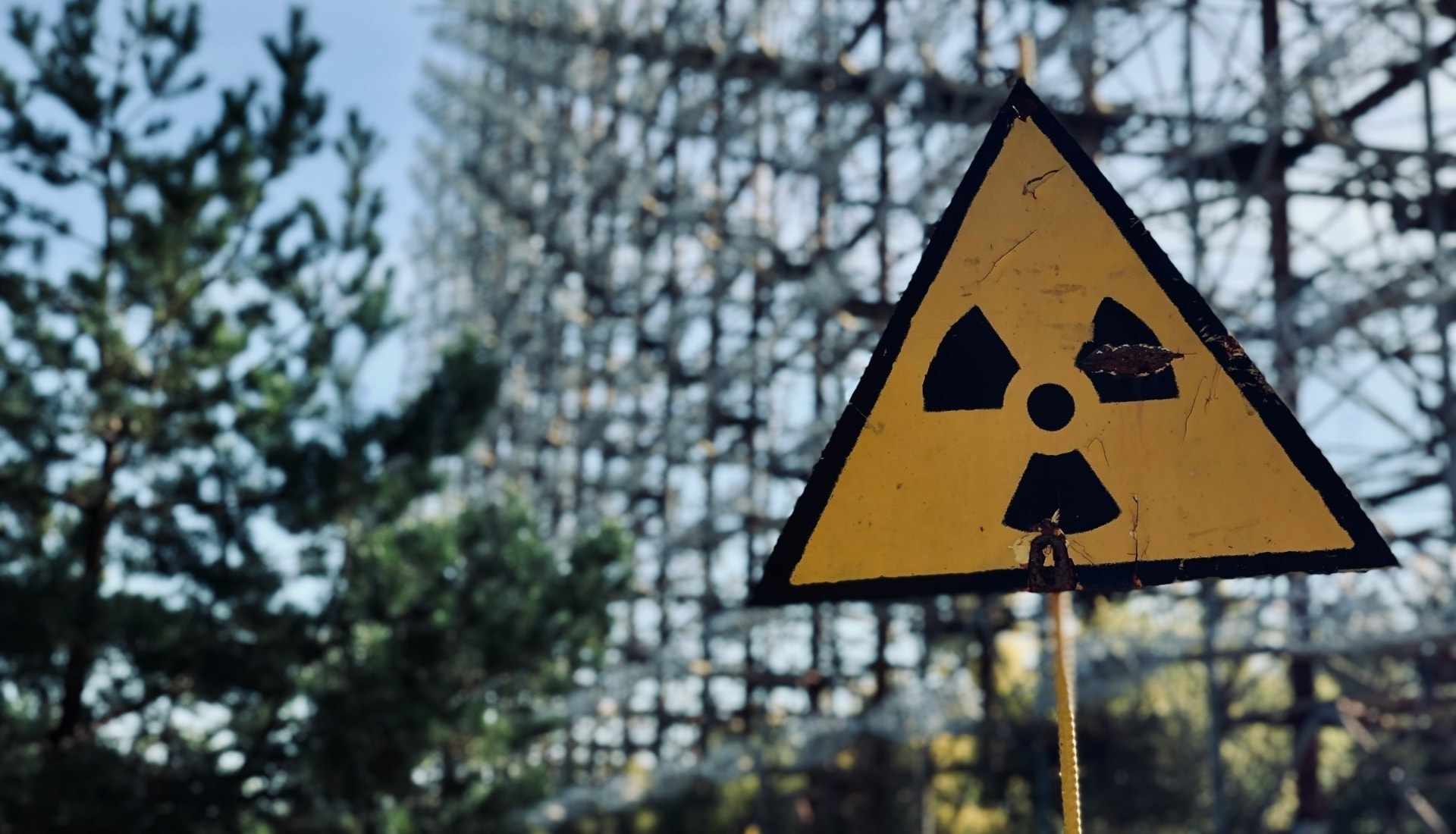In an open letter to the European Commission last month, 30 global corporations and organisations, including the likes of Uber, Ikea and Coca-Cola, called for more stringent transport targets as part of a “Greening Corporate Fleets” initiative that was first announced by the EU Commission in 2020 and expected to be tabled in the third quarter of 2023.
In the letter, corporate actors insist that the recently approved European Union (EU) legislation banning the sale of petrol and diesel vehicles by 2035 doesn’t go far enough, highlighting a missed opportunity in relation to electric vehicle (EV) objectives for Europe’s collective corporate fleet.
As the global conversation around net-zero carbon emissions rightfully continues to seep into the policy arena, their proposal outlines numerous positive impacts for both the climate and EU citizens but is not without complications.
What corporations call for: Acceleration in the greening Corporate Fleets Initiative, with Zero emissions for all corporate cars by 2030
The proposition by the leading corporations is simple: all new corporate cars and vans should be zero-emissions by 2030.
On the surface, the benefits of such a target being met are difficult to criticise; 60% of all cars sold within Europe are company vehicles, which on average drive twice as much as their privately owned counterparts.
With passenger cars alone in the EU accounting for the emission of nearly 500 MtCO2 per year, this proposal would serve to help drastically reduce this.
📢 With transport being #EU’s largest source of greenhouse gas emissions, accelerating #emobility has to be one of Europe’s top priorities.#AVERE & 30 companies call on the @EU_Commission to propose as part of its Greening Corporate Fleets Initiative a regulation by Oct 2023 👇 https://t.co/F7k4ZG4Vmk
— E-Mobility Europe (@AVERE_EU) February 16, 2023
Beyond the immediate environmental benefits, corporations have also pointed out two other key benefits.
Firstly, as Russian President Vladimir Putin’s attack on Ukraine shows no sign of abating, a transition to EV vehicles would further reduce European reliance on Russian oil.
Secondly, given the knock-on effects of corporate fleet purchasing decisions, pushing vehicles into the second-hand market within 3-5 years, EU citizens could stand to benefit from an influx of more affordable EVs.
Global corporations are clearly setting out their stall, an inference corroborated by T&E’s Director of electric fleets Stef Cornelis, who commented: ‘’Leading companies with large car fleets are committed to become leaders on electrification and the climate.’’
Whilst the triple-win scenario painted by corporate actors sounds like a policy no-brainer, more complex issues lie at the heart of the EV revolution. To assess the global burden of such legislation, it is necessary to look beyond the Bloc and its citizens.
Electric future: Other issues at play
Following their surge in popularity, the overall environmental impact of EVs has been the subject of serious scrutiny.
Although researchers from the Universities of Cambridge, Exeter and Nijmegen found that in 95% of the world, driving an EV represents better environmental outcomes than their combustion-engine equivalents, other issues must be considered.
A November 2019 study at the Massachusetts Institute of Technology concluded that battery and fuel production for an EV generates greater emissions than the process of manufacturing petrol or diesel cars.
However, more recent studies show that this is not the case. In May 2022, a team of e-mobility analysts at the European Federation for Transport and Environment developed an analytical tool showing that under all possible scenarios, EVs manufacturing and their operation over time always generated fewer emissions than combustion engines.
Their conclusion is clear: Having “taken into account all possible criteria such as the amount of CO2 emitted when electricity is produced or fuel is burnt, as well as the carbon impact of resource extraction for batteries or of building a power plant”, they found that “electric cars in Europe emit, on average, more than 3 times less CO2 than equivalent petrol cars.”
It should be noted that an emission-free future does not depend entirely on EVs: Hydrogen has always been an alternative, but while it was considered impossible to realize, it appears now, with BMW’s latest announcement a few days ago, to be (almost) practicable – if combined with a combustion engine:
Although over time, the higher initial environmental costs of battery production are offset by EVs’ greater energy efficiency, meaning their environmental pay-off comes into play years down the line, it is the production of EV batteries that represents the more immediately significant issue in the context of mandated legislation.
Beyond the higher emissions and energy demands inherent to EV battery production, the socio-environmental impacts of the associated resource extraction are something that both corporations have failed to mention in their letter to the EU commission, and that legislators must not overlook when setting environmentally-related targets.
Understanding the problem with resource extraction: The dark side of the EV revolution
Most EV batteries are powered by lithium-ion cells, which heavily rely on numerous raw materials. Namely, lithium, cobalt and other rare earth metals, each beset with a specific suite of socio-environmental impacts.
Lithium mining in Australian hard rock quarries produces 46% of the global lithium output, where mining projects have been shown to clash with indigenous land rights; total reliance on heavy machinery is also responsible for huge emission outputs.
A similar story emerges from the “Lithium Triangle” in South America, a huge area of salt flats in the Andean mountains where extraction is carried out by pumping water underground, bringing it back to surface level and allowing the resulting brine to evaporate and leave behind materials for processing.
As demand for lithium has sharply risen, increasing from a 0% share of the global battery market in 1980 to 70% in 2007, so has the risk to the local and indigenous communities in which harmful extraction is concentrated.
Water is shown to be a persistent issue, where lithium extraction accounts for 21 million litres of water a day, or 2.2 million litres per ton. The Chilean government has shown that brine production outpaces their aquifer’s ability to restore baseline water levels by 30%.
Given the “Lithium Triangle” is an arid desert region, water is a sparse and precious commodity. By seizing control of water supplies, mining companies are not only damaging local flora and fuana, but destroying already limited indigenous capacity for essential agriculture and broader subsistence.
Where water is still available to local communities, supplies are often polluted through the leaching of various toxic chemicals used in on-site lithium processing. As a result, conflict and protest have been commonplace, but with only limiting bargaining power various South American states have failed to protect the interests of their citizens.
In 2008, the Bolivian government declared that the 4,000 square-mile lithium-rich Salar de Uyuni salt flat would relieve 40% of its population from extreme poverty through broad economic stimulation.
Despite the Bolivian state assuming full control of lithium extraction activities in Salar de Uyuni, mining companies were able to use the government’s inability to front the US$1 billion+ required to fund operations, and assume majority control of any agreed project.
Related Articles: Why a Different Approach to EVs is Needed to Make Mobility Fully Sustainable | Electrifying the Roads: Overview of the Electric Vehicle Industry | Top Electric Cars in Germany: A Complete Buyer’s Guide for 2023 | Tesla Autopilot Crashes: With at Least a Dozen Dead, ‘Who’s at Fault, Man or Machine?’ | How Electric Cars Became Cool | Sono Motors, on Tour to Bring Solar-Powered Cars to the US
Ultimately, following the partnering of German firm ACI systems with the Bolivian government, there has been almost zero diffusion of finances or jobs into local economies and communities.
In reality, profits are siphoned off whilst the communities being torn apart by damaging mining activities are denied a slice of the cake.
This story is repeated the world over in relation to EV battery production and the green transition more generally.
In Argentina and Tibet, unethical lithium mining has ravaged local ecosystems whilst bringing little economic prosperity to exploited communities and governments. In China, rare earth metal mining is responsible for the production of harmful radioactive waste leaching.
In the unregulated artisanal cobalt mines of the Democratic Republic of Congo, more than 40,000 children are working in unsafe conditions and for little money, whilst hazardous tailings, slags and emissions are left to harm communities and ecosystems.
Whilst it may be unfounded to conclude the entire “green” mining industry is premised on self-interest and exploitation, it is clear that large proportions of it demonstrate those qualities, which EU policy must actively seek to undo.
Corporate Initiative, or State-sponsored Greenwashing?
Whilst corporate calls for the “Green Corporate Fleets” initiative may be progressive, the potential burden and harm that the drastically increasing demand for EVs would cause to indigenous populations around the world cannot be denied.
It must be considered that both large companies and the EU commission clearly have something to gain from demonstrating green leadership, both reputationally and financially, but this cannot come at the cost of ecosystems and communities far beyond EU jurisdiction.
One can expect (and hope) that the EU commission is aware that when it engages with such policies, mining activities done for the green transition are no cleaner than any other.
We know it's urgent 🪫 A rapid and #JustTransition away from fossil fuels, to a #RenewableEnergy system which provides for everyone, is urgent.
But how can we scale-up renewables in a fair way, which does no harm and protects peoples’ rights, livelihoods and local #environment? pic.twitter.com/p9h0ld3okW
— Friends of the Earth International (@FoEint) March 1, 2023
Research by Friends of the Earth definitively shows that where the EU imports up to 100% of certain metals needed for EVs and the green transition more broadly, and where indigenous peoples disproportionately bear the burden of environmental harm, Europe is directly responsible for over one-third of global human rights allegations in mining for “green and digital transition” metals.
As France is preparing to dig for lithium in its own backyard, environmental activists here too are worried about the impact of such mining on the environment. The European Commission has listed 30 of them it deems strategic for the future of its green and digital transitions, but for whose supply Europe has become reliant on foreign countries over the years. Called “critical raw materials” (CRMs), they fall under the European Union’s strategic autonomy agenda.
Commission President Ursula von der Leyen announced a new strategy in her State of the Union address, in September 2022: the EU will seek to diversify its trading partners through new agreements. It was also announced that, in early 2023, the Commission will present a regulation on CRMs to create strategic reserves of those materials on European soil.
EVs undoubtedly offer an opportunity to improve environmental outcomes, but beyond engaging with corporate self-interest, the EU commission must begin to explicitly tackle the socio-environmental harm inherent to mining practices the world over, including back home, in Europe.
Long-term sustainability is clearly the goal, but at what cost?
________________________________________________________________________________________________________________________
Editor’s Note: The opinions expressed here by the authors are their own, not those of Impakter.com — In the Featured Photo: Birds-eye view of Lithium mining in Bolivia Featured Photo Credit: Observacao da Terra













